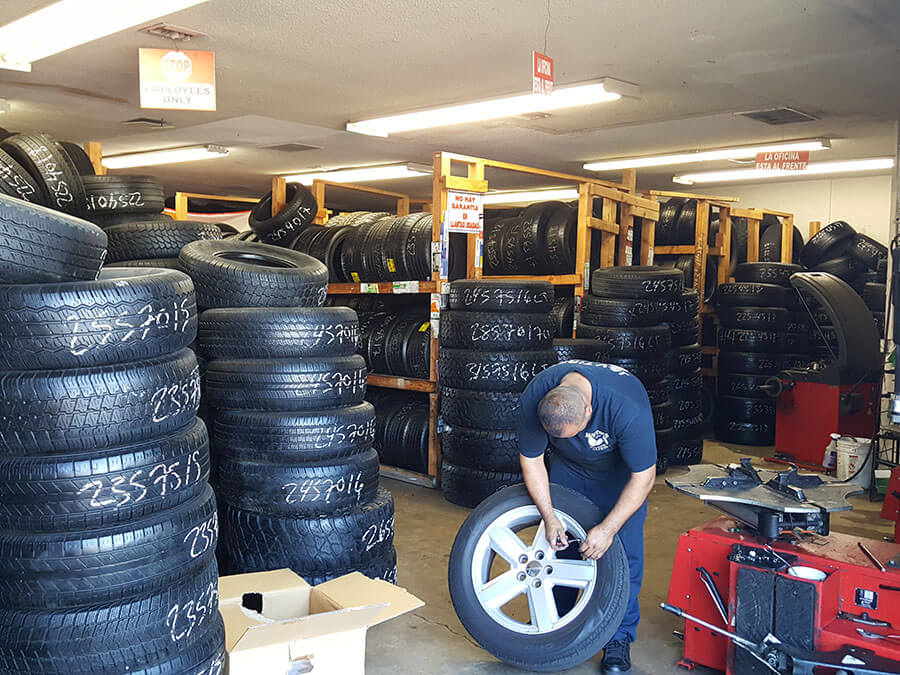Check Out Exclusive Mopar Tire Service Specials in Morris Today
Wiki Article
Tire Service: Understanding Tire Pressure Surveillance Equipments
Understanding Tire Stress Monitoring Equipments (TPMS) is an important facet of preserving optimal automobile efficiency and safety on the roadway. With improvements in automobile modern technology, TPMS has ended up being a standard function in modern lorries, providing real-time info on tire stress degrees.
Significance of TPMS
The relevance of Tire Stress Tracking Systems (TPMS) lies in their capability to boost lorry safety and security and performance with real-time surveillance of tire stress degrees. Keeping the proper tire stress is critical for guaranteeing ideal handling, braking, and overall safety and security of a lorry. TPMS provides drivers with prompt comments on any kind of overinflated or underinflated tires, permitting timely modifications to be made.
Parts of TPMS
Comprising various crucial aspects, a Tire Pressure Surveillance System (TPMS) functions as a sophisticated safety and security function in modern-day automobiles. The main elements of a TPMS include sensing units, a control module, and a caution indicator. Sensing units are normally situated in the tire valve stem or affixed to the wheel assembly, where they determine tire pressure and send data to the control component. The control module procedures this information and causes a caution if it detects considerably reduced pressure in any of the tires. The caution indicator, usually a symbol on the control panel, signals the chauffeur to examine the affected tire or tires. Some advanced TPMS versions additionally display the actual tire stress analyses for each tire, supplying chauffeurs with real-time details to guarantee optimal tire performance and safety and security. By keeping an eye on tire pressure constantly, TPMS aids protect against accidents, decreases tire wear, and boosts gas efficiency, making it a vital part for vehicle safety and efficiency.
Sorts Of TPMS

On the other hand, indirect TPMS counts on Click This Link the car's wheel rate sensors to keep track of tire stress. This system discovers underinflation by comparing the rotational rates of the wheels. Indirect TPMS is much less expensive than straight TPMS, as it uses existing sensors within the vehicle.
While straight TPMS offers extra accurate analyses, indirect TPMS is simpler in layout and normally needs much less upkeep. Both systems have their restrictions and benefits, and the choice in between them typically depends upon variables such as expense, lorry make, and individual choice. Comprehending the differences between these two sorts of TPMS can aid car owners make notified choices pertaining to tire maintenance and security.
TPMS Maintenance Tips
Conduct regular checks on the tire pressure degrees and compare them with the TPMS analyses to ensure they are regular. During tire turning or replacement, make certain that the TPMS elements are dealt with carefully to stop any possible damage. If the TPMS alerting light illuminates on the dashboard, resolve the issue without delay by checking the tire pressures and the general system for any mistakes.Advantages of Proper Tire Pressure
Keeping correct tire pressure, as emphasized in TPMS Maintenance Tips, is important for reaping the numerous benefits associated with ideal tire pressure levels. In addition, proper tire stress ensures even tire wear, expanding the lifespan of the tires and advertising more secure driving conditions. In final thought, the advantages of correct tire pressure go past simply tire longevity; they encompass boosted gas effectiveness, boosted safety, far better automobile performance, and total driving convenience.Source
Verdict
Finally, understanding tire stress surveillance systems (TPMS) is important for preserving ideal tire pressure and making sure vehicle safety and security. By identifying the significance of TPMS, recognizing with its elements, recognizing the various kinds readily available, sticking to correct upkeep suggestions, and realizing the advantages of maintaining appropriate tire stress, drivers can boost their driving experience and extend the lifespan of their tires. Correct tire pressure is crucial to risk-free and efficient car procedure.
Report this wiki page